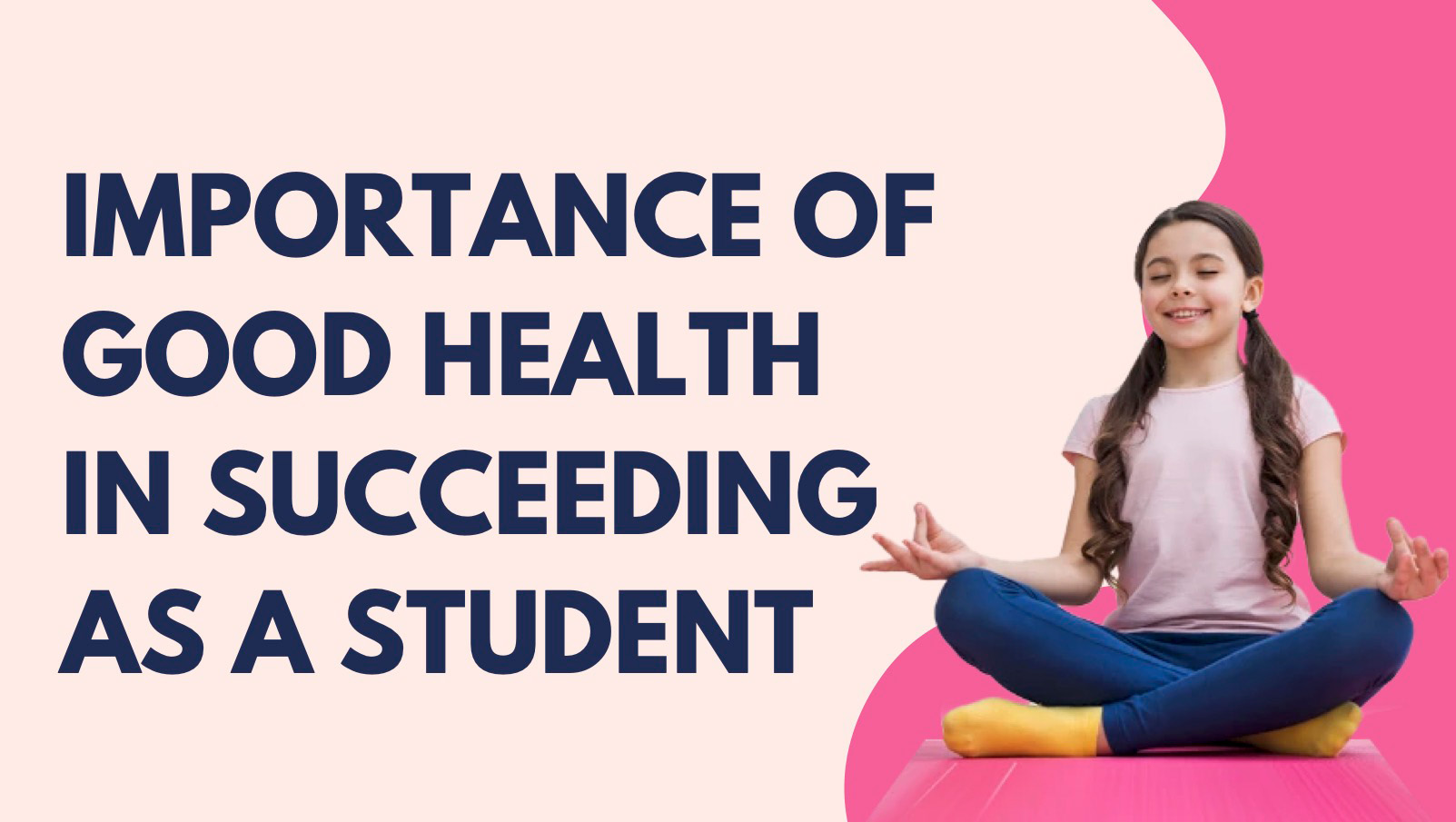Introduction: Beyond the Books – The Holistic Approach to Education
In the pursuit of academic excellence, it’s easy to overlook a fundamental aspect of student success: their health and well-being. However, as research and real-world examples have shown, the physical, emotional, and mental well-being of students plays a pivotal role in their academic achievements and overall life satisfaction.
The Symbiotic Relationship Between Health and Learning
- Physical Health: A student’s physical health directly impacts their ability to concentrate, engage, and perform in academic settings. Proper nutrition, regular exercise, and adequate sleep are foundational to ensuring that students are alert, energetic, and ready to learn.
- Emotional Well-being: Emotional health encompasses a student’s self-esteem, self-worth, and overall emotional stability. Students who are emotionally well-adjusted tend to be more resilient, handle stress better, and have a more positive outlook, all of which contribute to better academic performance.
- Mental Health: Mental health challenges, such as anxiety and depression, can severely hinder a student’s ability to focus, retain information, and participate actively in class. Addressing and supporting students’ mental health is crucial for their academic and personal success.
The School’s Role in Promoting Student Well-being
- Comprehensive Health Education: Schools should integrate health education into their curriculum, teaching students about nutrition, physical activity, mental health, and emotional well-being.
- Counseling Services: Providing students with access to counselors and therapists can help address any emotional or mental challenges they may face, ensuring they have the support they need.
- Physical Activity: Incorporating regular physical activity, whether through physical education classes, sports, or other extracurricular activities, helps keep students physically healthy and boosts their cognitive functions.
- Safe and Supportive Environment: Schools should strive to create an environment where students feel safe, supported, and valued. This includes anti-bullying initiatives, mentorship programs, and fostering a culture of inclusivity and respect.
The Long-term Benefits of Prioritizing Well-being
- Improved Academic Performance: Students who are physically, mentally, and emotionally healthy tend to perform better academically. They can concentrate better, retain information more effectively, and engage more actively in their learning.
- Development of Life Skills: Focusing on well-being helps students develop essential life skills such as resilience, emotional intelligence, and stress management.
- Positive Social Relationships: Students who are emotionally and mentally healthy tend to have better social relationships, leading to a more fulfilling school experience.
- Lifelong Health Habits: By emphasizing the importance of health and well-being from a young age, schools can instill in students habits and values that will benefit them throughout their lives.
Conclusion: A Paradigm Shift in Education
The traditional model of education, which prioritized academic achievements above all else, is evolving. Today, there’s a growing recognition of the integral role that health and well-being play in a student’s academic journey. By prioritizing and supporting student well-being, schools are not just producing academically successful students but well-rounded individuals ready to face the challenges of the world with confidence, resilience, and a positive outlook.



